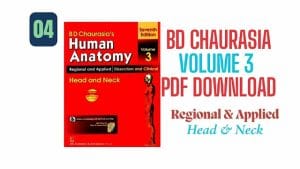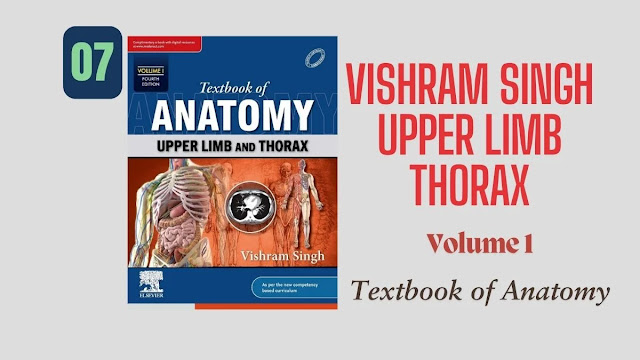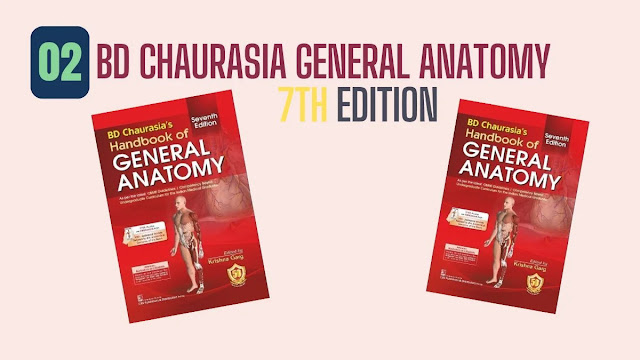BD Chaurasia Human Anatomy Volume 3 is essential for medical students. It thoroughly covers the complex anatomy pdf of the head, neck anatomy, and brain. BD Chaurasia Human Anatomy Volume 3 book is key to understanding the basic ideas of these complex areas. It also offers a thorough look at the human body. Experts like Krishna Garg have added to its content, making it a valuable resource for students and practitioners.
The Skull: A Multifaceted Perspective:
The skull is a protective bony vault. You can study it from different angles: norma basalis, norma frontalis, norma lateralis, and norma verticalis. Each view reveals distinct anatomical features. The body of sphenoid and body of maxilla are key components. The zygomatic arch and posterior arch contribute to the skull’s structure. The Superciliary arches are prominent features of the frontal bone. Internally, the cranial fossae house the brain. Many foramina and fossae, like the articular fossa, hypophyseal fossa, and Jugular fossa, act as pathways for nerves and vessels. Other key fossae are the temporal fossa, canine fossa, pterygopalatine fossa, incisive fossa, and infratemporal fossa. Understanding the aspect of skull cap and the growth of skull is crucial, as is knowledge of the unique characteristics of the foetal skull.
The Cranial Nerves: A Network of Communication:
Twelve cranial nerves come from the brain. Each one has a special job in sensing, moving, and regulating automatic functions. The Olfactory nerve rootlets mediate the sense of smell. The Facial nerve controls facial expression. The Maxillary and Mandibular nerves are branches of the trigeminal nerve. They provide feeling to the face and mouth. Nerves like the alveolar, infraorbital, ethmoidal, palatine, zygomatic, and external nasal nerves each serve different areas.
Vasculature of the Head and Neck: The Lifeline:
A rich network of arteries and veins supplies the head and neck. The internal carotid artery and vertebral artery are the main blood vessels. They supply oxygen-rich blood to the brain and nearby areas. Branches like the pharyngeal artery and auricular artery supply specific regions.
Neck Anatomy: A Region of Transition:
The neck serves as a crucial passageway connecting the head and thorax. It contains different structures, like the oblique muscle and pterygoid muscle. These muscles help with head movement and chewing.
Joints of the Head and Neck: Enabling Movement:
Several joints facilitate movement in the head and neck. The temporomandibular joint helps move the jaw. The atlantoaxial joint allows the head to rotate. Both joints are very important. These are classified as synovial joints.
The Nose: Gateway to Respiration:
The nose, the entry point for respiration, is a complex structure. The nose’s meatus and wall are key parts. They help control airflow and support the sense of smell.
CLINICAL ANATOMY of the Head and Neck: Bridging Theory and Practice:
A solid understanding of the head and neck’s anatomy is paramount in clinical practice. This knowledge is key for diagnosing and treating many conditions. It covers everything from nerve injuries to vascular problems. CLINICAL ANATOMY PDF bridges the gap between textbook knowledge and real-world patient care.
Developmental Aspects: A Journey from Basic Concept:
Head and neck structures start to develop early in pregnancy. This process continues as the fetus grows. Understanding these developmental processes is crucial for recognizing and addressing congenital anomalies.
Videos of Osteology: A Visual Aid:
Videos of osteology are great supplementary resources. BD Chaurasia Human Anatomy Volume 3 help learning by showing bony structures visually.
Download Resources of BD Chaurasia Human Anatomy Volume 3:
Anatomy PDF files and other downloadable resources make it easy to access information for review and study.




